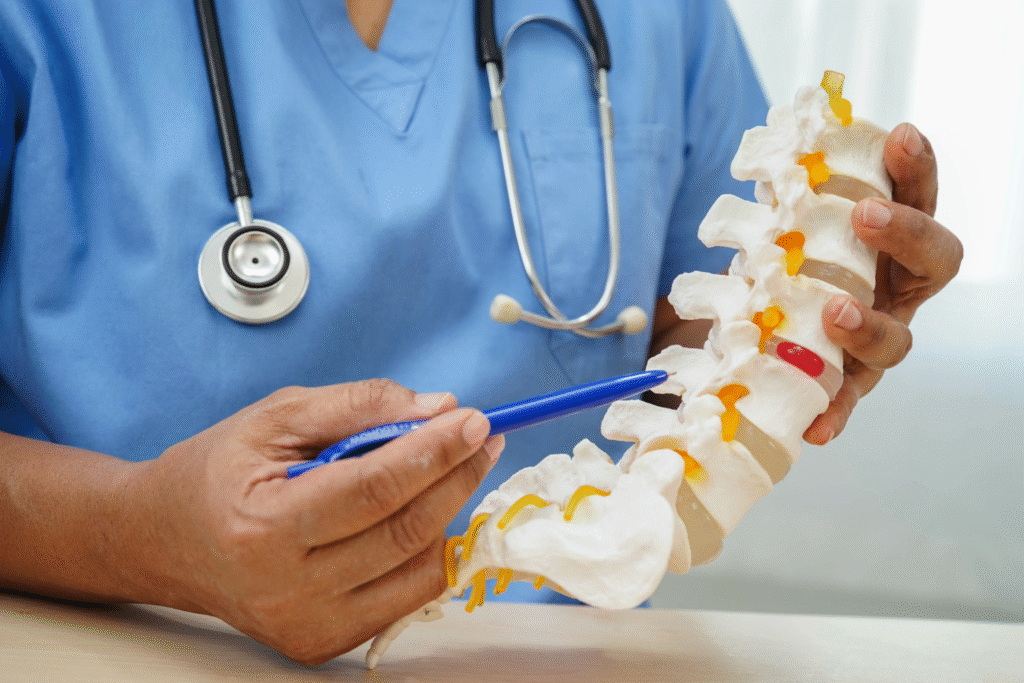Spinal stenosis is a condition characterized by the narrowing of spaces within your spine, which puts pressure on the nerves that travel through the spinal column. This narrowing can occur in one or more places in the spine and may lead to discomfort and other symptoms. Understanding the nature of this condition and the available management strategies is a primary step for individuals seeking information.
What Is Spinal Stenosis?
Spinal stenosis refers to the reduction of open space within the spinal canal. The spinal canal is the bony channel that contains the spinal cord and nerve roots. When this canal narrows, it can compress these delicate neural structures. The gradual nature of spinal stenosis means that many people may have it without experiencing symptoms for a long time. Symptoms often develop when the narrowing progresses to a point where it impinges on the spinal cord or nerves.
What Are the Causes and Symptoms?
The narrowing associated with spinal stenosis most commonly results from wear-and-tear changes in the spine related to aging. As people age, the structures of the spine can change. Some common causes include:
- Arthritis: Osteoarthritis can cause the breakdown of cartilage in the joints of the spine and lead to the formation of bone spurs that grow into the spinal canal.
- Herniated discs: Cracks in a spinal disc’s exterior may allow some of the soft inner material to press on the spinal cord or nerves.
- Thickened ligaments: The tough cords that help hold the bones of your spine together can become stiff and thicken over time, bulging into the spinal canal.
- Injuries: Traumatic events can cause dislocations or fractures of one or more vertebrae, and displaced bone may damage the contents of the spinal canal.
Symptoms can vary depending on the location and severity of the stenosis. In lumbar stenosis, an individual might report pain, tingling, numbness, or weakness that starts in the lower back and radiates into the buttocks and legs. Leg cramps, particularly with activity, are also common. For cervical stenosis, symptoms may include neck pain and sometimes challenges with balance or walking.
How Is It Treated?
The management of spinal stenosis is tailored to each individual by a qualified healthcare professional. For many, a non-surgical approach is the initial course of action. These strategies aim to manage symptoms and improve function.
A physical therapy program is often recommended. A physical therapist can guide you through exercises designed to improve strength, endurance, flexibility, and stability. Activity modification and posture strategies may be suggested to help manage symptoms during daily activities.
Pain relievers, such as nonsteroidal anti-inflammatory drugs (NSAIDs), may be discussed. For nerve-related pain, physicians might prescribe certain categories of medication like tricyclic antidepressants or anticonvulsants. Interventional pain management procedures are another option. An epidural steroid injection involves administering medication near the affected nerves to help reduce inflammation. Some people might also explore minimally invasive procedures that aim to create more space in the spinal canal.
Consult a Spine Specialist
If you are experiencing symptoms consistent with spinal stenosis, seeking a professional evaluation from a spine specialist is a recommended step. A specialist can perform a thorough examination, which may include imaging studies, to provide a precise diagnosis. During a consultation, you can discuss your specific symptoms and personal goals in detail. This conversation allows the specialist to prescribe a personalized management plan.


